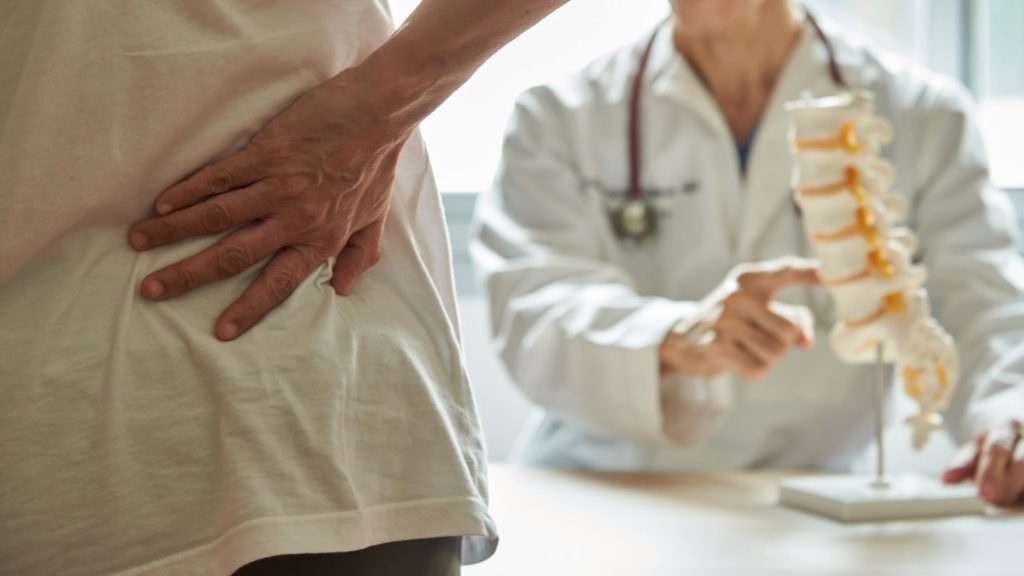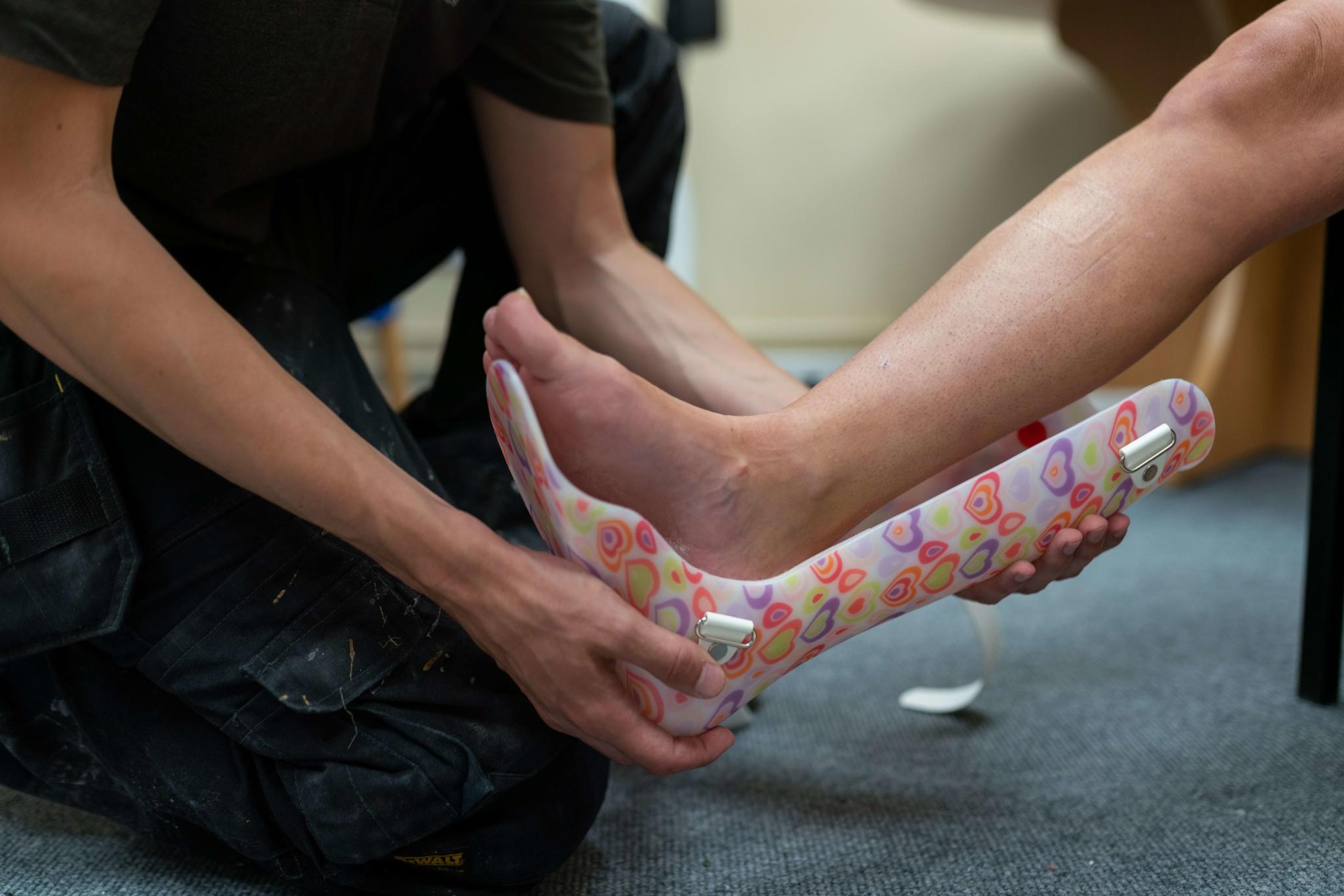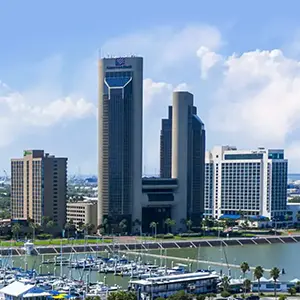How do I Know if my Back Injury is a Muscle or Disc?

Back injuries can be painful and debilitating, affecting various aspects of your daily life. Two common types of back injuries are muscle strains and disc injuries. Identifying whether your back pain is due to a muscle or disc problem is essential for seeking appropriate treatment and legal recourse if the injury occurred in an accident. Let’s explore the key differences between muscle and disc injuries, along with signs that can help you determine the nature of your back injury.
Understanding Muscle Injuries
Muscle injuries are the most common type of back pain. They often result from sudden or excessive exertion, improper lifting techniques, or overuse of the muscles. Here are some key characteristics of muscle injuries:
- Location of Pain: Muscle injuries typically cause localized pain. You can usually pinpoint the area where the pain is concentrated. Common areas include the lower back, upper back, or neck.
- Muscle Spasms: Muscle strains often lead to muscle spasms, which are involuntary contractions of the affected muscles. These spasms can exacerbate the pain and restrict your range of motion.
- Pain Triggers: Muscle injuries are usually aggravated by specific movements or activities. For example, bending, twisting, or lifting may intensify the pain.
- Onset of Pain: Muscle injuries often result in immediate pain after the injury occurs or the next day. You may recall a specific incident or activity that led to the pain.
- Improves with Rest: Unlike disc injuries, muscle strains tend to improve with rest and over-the-counter pain medications. Taking a break from strenuous activities and applying heat or ice to the affected area can also help alleviate the pain.
Understanding Disc Injuries
Spinal disc injuries are less common than muscle strains but can be more severe and may require specialized medical attention. Disc injuries usually fall into two categories: herniated discs and bulging discs. Here’s what you need to know about disc injuries:
- Radiating Pain: Unlike localized pain from muscle injuries, disc injuries often cause radiating pain that travels along the nerve path. For example, if the injury occurs in the lower back, you may experience pain, tingling, or numbness down one or both legs, known as sciatica.
- Weakness and Numbness: Disc injuries can lead to weakness in certain muscle groups and numbness in specific areas of the body served by the affected nerves.
- Aggravated by Movement: While certain movements can worsen both muscle and disc injuries, disc-related pain is often aggravated by activities that involve prolonged sitting, bending, or lifting heavy objects.
- Gradual Onset: Disc injuries may not cause immediate pain but instead develop over time. You might not recall a specific incident that caused the injury, making it difficult to pinpoint the exact onset.
- Requires Professional Diagnosis: Diagnosing a disc injury requires imaging tests such as MRI or CT scans, as well as a thorough examination by a healthcare professional. This is because the symptoms of disc injuries can mimic other back problems.
Seeking Medical Evaluation and Legal Assistance
If you experience severe or persistent back pain following an accident or injury, seeking immediate medical evaluation is crucial. A healthcare professional, such as a chiropractor, orthopedic doctor, or neurologist, can assess your symptoms, conduct diagnostic tests, and determine whether your back injury is muscle-related or disc-related.
Moreover, if your back injury occurred due to the negligence of another party, such as in a car accident, slip and fall, or workplace incident, it’s essential to consult with a personal injury attorney. An experienced attorney can help protect your rights, gather evidence to support your claim, and guide you through the legal process to seek compensation for your medical expenses, lost wages, pain, and suffering.
Blog










